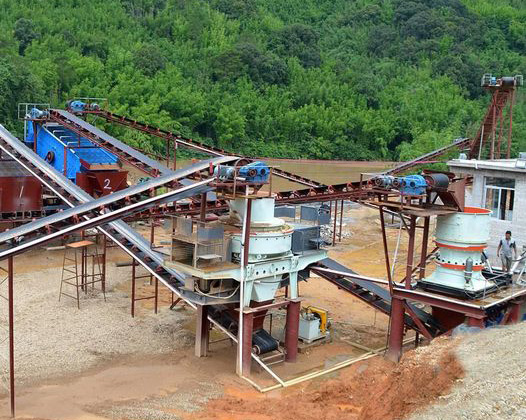Quartz sand crushers are essential for processing and transforming quartz into high-quality sand for various applications. These crushers are designed to handle the hardness and abrasiveness of quartz, which is typically used in glass making, construction, and foundry industries. Here’s an overview of the key components and considerations for purchasing a quartz sand crusher.

1. Feed Hopper
The feed hopper is the component where quartz materials are initially loaded into the crusher. It must be robust to handle the weight and abrasiveness of the quartz sand. Feed hoppers are typically made from heavy-duty steel and are designed to evenly distribute the material to prevent clogging and ensure efficient processing.
2. Primary Crusher
The primary crusher is the first stage in the crushing process. For quartz sand, this is usually a jaw crusher or a cone crusher. Jaw crushers break down large chunks of quartz into smaller pieces through compression, while cone crushers use a combination of compression and shear forces. High-quality primary crushers are essential for ensuring the material is adequately reduced in size before it moves to the next stage.
3. Secondary Crusher
After the primary crushing, the quartz material often requires further reduction. Secondary crushers, such as impact crushers or additional cone crushers, are used to achieve finer sizes and ensure that the quartz is processed to the desired specifications. Impact crushers are particularly effective for producing sand-sized particles and are commonly used in quartz sand production.
4. Screening Equipment
Screening equipment is crucial for separating the crushed quartz into various sizes. This usually involves vibrating screens or sieves that sort the material based on size and remove any oversized or undersized particles. Proper screening ensures that the final product meets quality standards and is suitable for its intended application.
5. Sand Washer
To enhance the quality of the quartz sand, a sand washer is often used to remove impurities and dust. Sand washers, also known as sand classifiers, use water and mechanical action to clean the sand, which improves its suitability for use in applications like glass production where purity is critical.
6. Conveyor Systems
Conveyor systems are used to transport the crushed quartz through various stages of the processing plant. These systems should be durable and capable of handling abrasive materials. Properly designed conveyor belts help maintain a continuous flow of material and reduce downtime in the production process.
7. Control Systems
Modern quartz sand crushers often come with advanced control systems that allow operators to monitor and adjust various parameters of the crushing process. These systems can include PLC (Programmable Logic Controllers) and SCADA (Supervisory Control and Data Acquisition) systems, which provide real-time data and help optimize performance and efficiency.
8. Wear Parts
Given the abrasive nature of quartz, wear parts are critical components of a quartz sand crusher. These include liners, hammers, and jaws that are subject to wear and tear. High-quality, replaceable wear parts are essential for maintaining the performance and longevity of the crusher.
When purchasing a quartz sand crusher, it’s important to consider the quality and compatibility of each component to ensure efficient and reliable processing. Investing in high-quality components not only improves the performance of the crusher but also extends its lifespan and reduces maintenance costs. Ensure that the suppliers provide comprehensive support and replacement parts to keep your quartz sand processing operation running smoothly.
